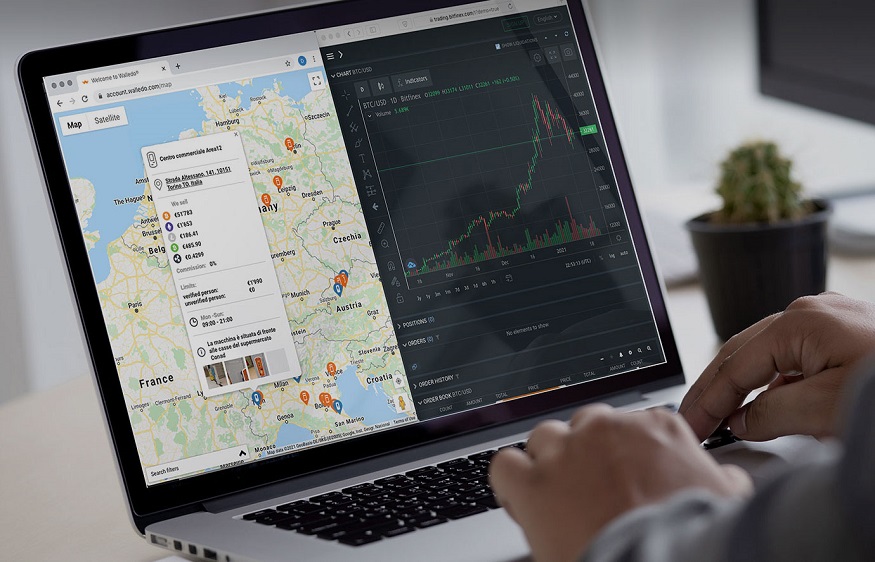An Ultimate Guide to Creating POS Apps.?
Point of sale (POS) applications are one of the most important software systems in a business and are usually placed at the “point” or where transactions take place. Key features of POS solutions include keeping accurate records of inbound and outbound transactions performed daily by the business.
These include cash, checks and electronic payments such as credit and debit cards, and also issue proof of these payments by issuing a receipt to the customer.
This point-of-sale data is used to generate reports and provide the company with valuable business insights on employee scheduling, inventory management, cash flow, and analysis of important sales data. These days, an efficient POS software system that meets business needs is an absolute necessity!
The Importance of POS App
For a long time, we’ve been used to seeing different types of on-premises POS systems in retail. Who can forget the loud but nostalgic sound of made by traditional premises, the cash register or our favorite retail store? These POS machines can be as simple as one of those bulky POS systems used in your usual small family business or friendly neighborhood gas station. Legacy POS systems are on-premises, not mobile, store their data on the system’s hard drive, and are very difficult to integrate with other business management software.
These legacy POS systems are no match for the more sophisticated self-service POS software systems used in large retail outlets, such as supermarket franchises. The software, hardware, and other components used to create POS systems with these advanced features are more complex than a basic POS system. A self-service point of sale gives retail customers the freedom to manage their transactions and payment without the need for a physical cashier. During the height of the COVID pandemic, these POS systems were invaluable as they allowed for minimal contact between buyers and sellers.
Why is the POS app system the future?
Even more advanced mobile POS management solutions, such as Miva Merchant and Square retail POS systems, have increased functionality, such as inventory management, reporting, and a mobile credit card reader . This POS software facilitates mobile transactions on Android and iOS mobile platforms. One of the main features of this POS system is how easily it integrates with mobile devices such as a smartphone or tablets to enable transactions anywhere! Additionally, this POS app easily facilitates customer loyalty programs, employee management, and mobile payment processing with just an internet connection, a mobile point of sale device and platform. These POS systems also facilitate on-the-go inventory management and versatile POS management to provide retail owners with reliable POS solutions.
What is an example point of sale?
The main examples of current POS operating systems are:E-commerce stores, such as Spring, Redbubble, and Printful, use web-based retail POS systems that use a virtual storefront, which is essential, done for the business owner without the need for additional POS hardware components. These point-of-sale systems facilitate retail transactions over the Internet and include features such as secure payment, a robust loyalty program interface, and greater customer data storage capacity. Indeed, cloud-based point-of-sale systems simplify online business transactions without the business owner having to create point-of-sale components or purchase point-of-sale software.
How to create a POS app?
Once you’ve decided to create POS systems that meet your business needs, there are a few important factors you’ll need to consider before you start building POS system solutions.
Assess the company’s point of sale needs
To create POS systems that are best for your business, you will first need to assess your business needs. Depending on the type of business you own, its POS software, hardware, and features will vary. If you want to create POS systems for the food industry, such as restaurant POS systems, you will need additional hardware and software that is different from that of a regular retail store, such as a grocery store. clothes.
Will your corporate customer management be heavily dependent on using point-of-sale gift cards for its customer loyalty program? Is your retail store online-only, does it only have a physical location, or does it operate as a hybrid retail business (mix of online and offline commerce)? How will you choose to administer your employee management and track your team’s business performance? It is clear that before starting to build POS systems, special attention should be paid to the needs of the business in ortholog POS solutions with the most appropriate functionality.



